A Homesteader’s Guide: Back to Eden Gardening
Back to Eden gardening can work its magic on any homestead garden. Grow healthier vegetables and other crops when you incorporate this method into your homestead gardening tips and tricks.
It doesn’t matter whether you’re new to gardening on your homestead or a seasoned pro. The simplicity of this gardening method makes growing a garden more enjoyable (and boosts your seasonal yields).
If you’ve never heard of Back to Eden gardening, then this blog is for you. In it we discuss:
- What is Back to Eden gardening?
- Who started the Back to Eden gardening method?
- Does Back to Eden gardening work?
- What is the difference between compost and mulch?
- What is the perfect soil pH balance?
- What’s the easiest way to get started with Back to Eden gardening?
What is Back to Eden gardening?
Back to Eden gardening is a regenerative organic gardening method. It eliminates the step of tilling the soil when preparing the garden for a new growing season. It couples this approach with other organic growing principles to create a truly unique permaculture technique.
Traditional gardening methods include tilling the soil. The rationale for tilling is that looser soil makes it easier for roots and root vegetables to spread out.
However, homesteaders who follow the Back to Eden gardening method believe tilling can do more harm than good. It destroys the soil structure and allows weeds to gravitate to the surface.
Four methods of Back to Eden gardening
When followed as recommended, the Back to Eden gardening technique includes four distinct gardening methods gardeners and farmers have used successfully for thousands of years.
- No tilling. Soil that doesn’t get tilled retains more organic matter and water and can potentially increase its carbon stores.
- Organic-only gardening principles. Back to Eden gardeners must strictly adhere to organic-only methods that eliminate the use of fertilizers, herbicides, and synthetic pesticides.
- Non-GMO seeds. Part of committing to organic gardening practices means using either heirloom or non-GMO seeds.
- Reliance on permaculture. Composting and cropping are nature’s ways of increasing soil matter and reducing soil erosion.
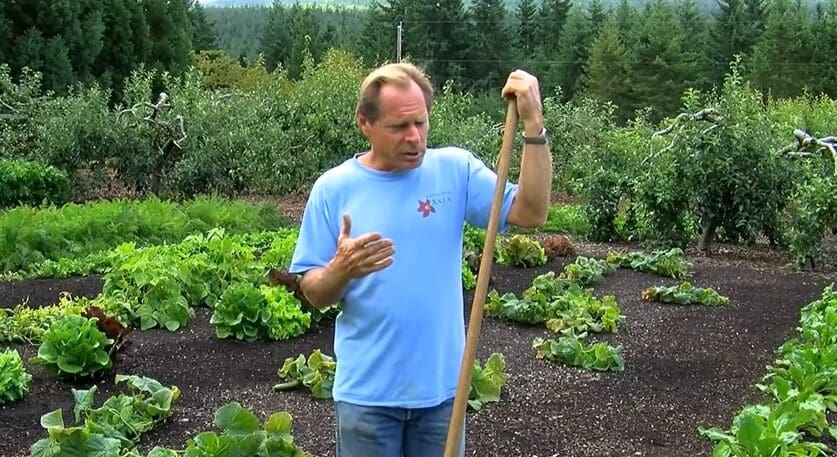
Who started the Back to Eden gardening method?
American arborist and fellow homesteader Paul Gautschi started the Back to Eden gardening method. As part of his lifelong pursuit to get back to the Garden of Eden, Gautschi developed this unique gardening technique that restores soil biodiversity that produces higher yields with less input.
A documentary about his journey is streaming online for free. You can watch it if you want to learn more about how he came up with this regenerative gardening method that has become popular among homesteaders and other gardening enthusiasts.
Does Back to Eden gardening work?
Homesteaders and other avid gardeners who have committed to using the Back to Eden gardening method swear by its results. Those who struggle with success using this technique may be experiencing less-than-optimal results because they don’t understand the principles of composting.
Some people make the mistake of building a large compost pile and turning it, which builds a short and flat sheet. This method builds up heat inside the pile, killing off weeds and sterilizing the new soil. While it can add new nutrients to the soil, it doesn’t prevent weed growth, soil erosion, or water loss.
With the Back to Eden gardening method, you must reduce the amount of heat buildup to achieve the best results. Using mulch instead of compost is the way to make that happen. As a bonus, mulch helps your garden retain adequate moisture levels and prevents soil erosion.

What is the difference between compost and mulch?
As we previously mentioned, some homestead gardeners confuse the purpose of compost and mulch. Compost is any biologically-active material that breaks down from organic matter. If you have a compost bin or pile on your homestead, you probably toss any organic food scraps into it to create fresh compost.
Mulch can be any inorganic or organic material used to cover the surface of the soil. Some people use it in their flower gardens to slow the growth of weeds. The same principles apply to your homestead vegetable and crop garden. It’s one of the many reasons it’s a key ingredient in the Back to Eden gardening method.
What is the perfect soil pH balance?
A pH of 6.5 is the golden standard for most homestead gardens. If you’re growing vegetables using the Back to Eden gardening technique, getting your soil’s pH level between 6.0 and 7.0 is an acceptable range.
Soil pH levels below 5.0 are considered acidic. Some plants love acidic soil, like evergreens and azaleas. However, most vegetable plants don’t do well in acidic soil except potatoes.
At 6.0, soil pH levels are considered neutral. If you get beyond 7.0, the soil becomes more alkaline. Some vegetables can endure more alkaline soil like asparagus, beets, cauliflower, and peas.
Most plants live and thrive in soil that’s as close to 7.0 as you can achieve. When deployed properly, the Back to Eden gardening method can get your pH levels in line with this recommendation.
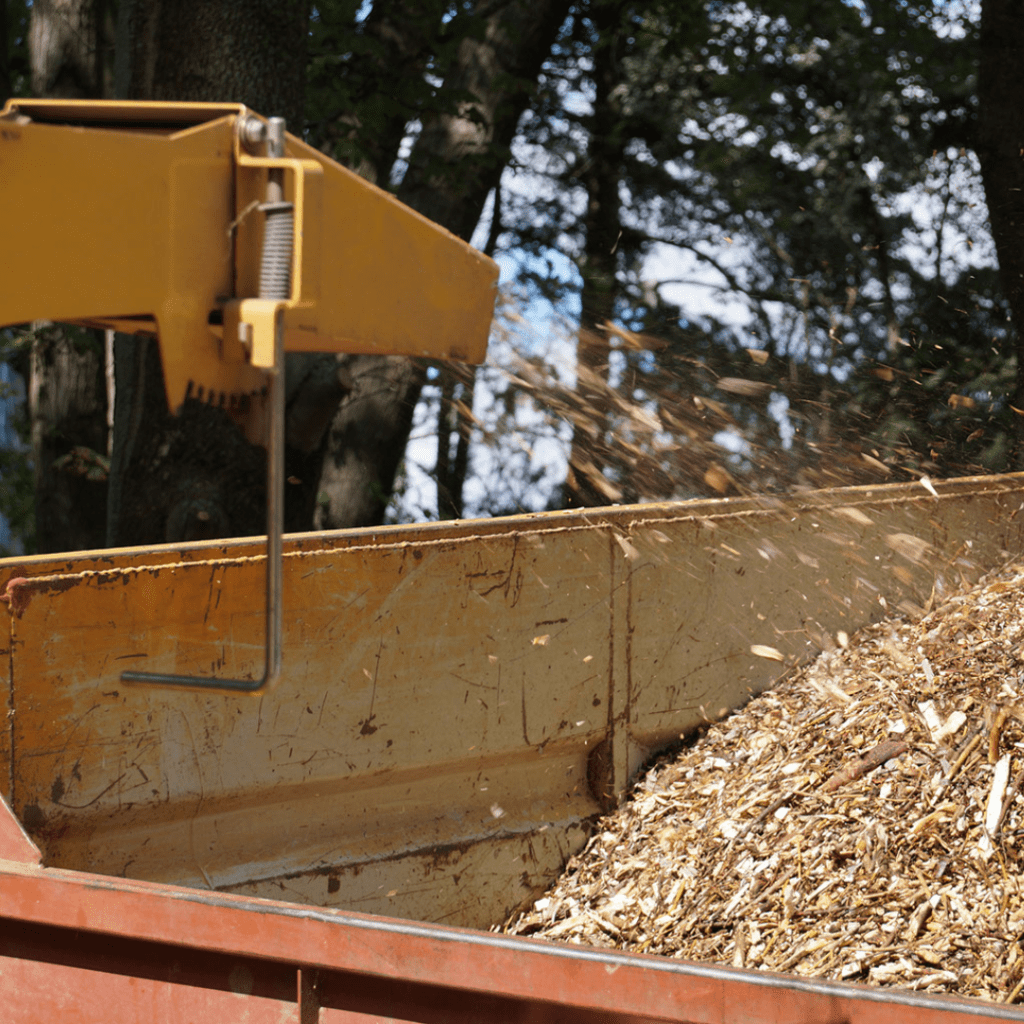
What’s the easiest way to get started with Back to Eden gardening?
One of the reasons many homestead gardeners like the Back to Eden gardening technique is for its simplicity. Unlike some gardening techniques, it’s quick and easy to use.
To get started, you simply must add 4 to 6 inches of woodchips to the top of your garden soil. Not just any woodchips will do. Try to find a woodchip source that includes every part of the tree—bark, branches, leaves, needles.
One tree you should avoid as a source for your bark mulch is Eucalyptus. In his documentary, Gautschi discloses that the oil commonly found in Eucalyptus trees can discourage some plants from thriving.
Choosing the size of your mulch
You also must decide between large or small woodchips when planning your homestead garden. Large woodchips work best for orchards or gardens featuring perennial plants.
Small woodchips are best suited for gardens with direct sowing seeds or small seedlings because they prevent seeds from hitting large air pockets that can interfere with root growth. Make sure the woodchips do not have any large chunks.
Where to find free woodchips
If you have a local arborist or tree service nearby, reach out to them about getting their tree waste. Companies often have to pay to dump their loads at municipal dumps, so they’re all too happy to stop by your homestead with a load they can dump for free.
Another reputable resource is Chip Drop. The online service helps homesteaders and other gardeners find free wood chip mulch.
Get Back to Eden with your homestead gardening
We’ve talked a lot about homestead gardening recently, including how to plan your spring garden and the best way to spend winter in your garden. We’re always looking for new ways to help you improve your homestead life, including tips and tricks for raising Jersey milk cows and how to make the yummiest and healthiest foods.
Check back soon for more helpful information on these and other popular homesteading topics!
Sources
- A Gardener’s Guide for Soil and Nutrient Management in Growing Vegetables. digitalcommons.unl.edu. Accessed January 13, 2023.
- Regenerative Organic Gardening Method. backtoedenfilm.com. Accessed January 13, 2023.
- Tillage and irrigation increase wheat root systems at deep soil layer and grain yields in lime concretion black soil. ncbi.nlm.nih.gov. Accessed January 13, 2023.
In our kitchen, we only use cultures from Cultures for Health.
Get yours here and start culturing today.
Popular Articles
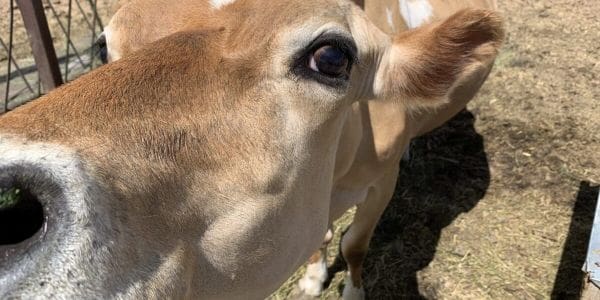
Jersey Cow for Your Small Homestead – Top 3 Reasons You Need One
Newsletter
Get signed up to get latest updates and new information from the Jersey Milk Cow!
This site uses Akismet to reduce spam. Learn how your comment data is processed.
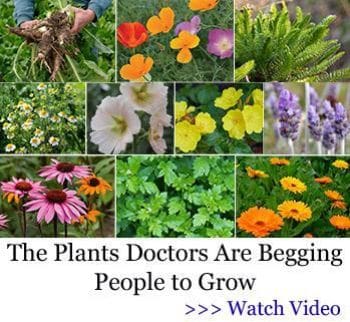
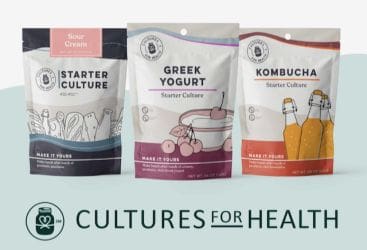

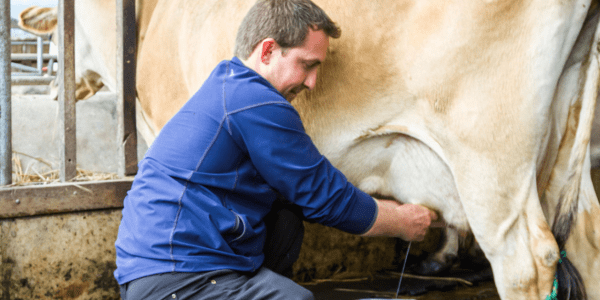





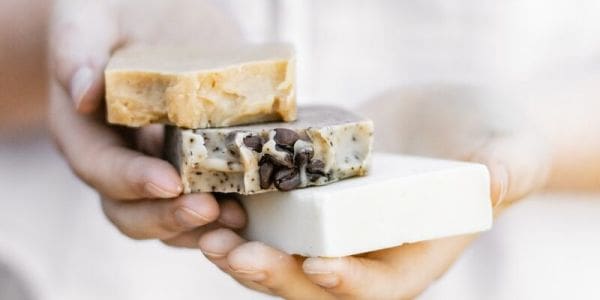
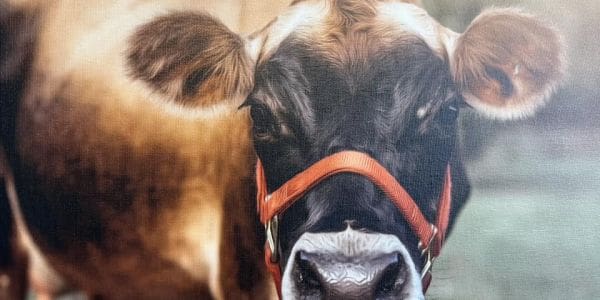
Leave a Reply